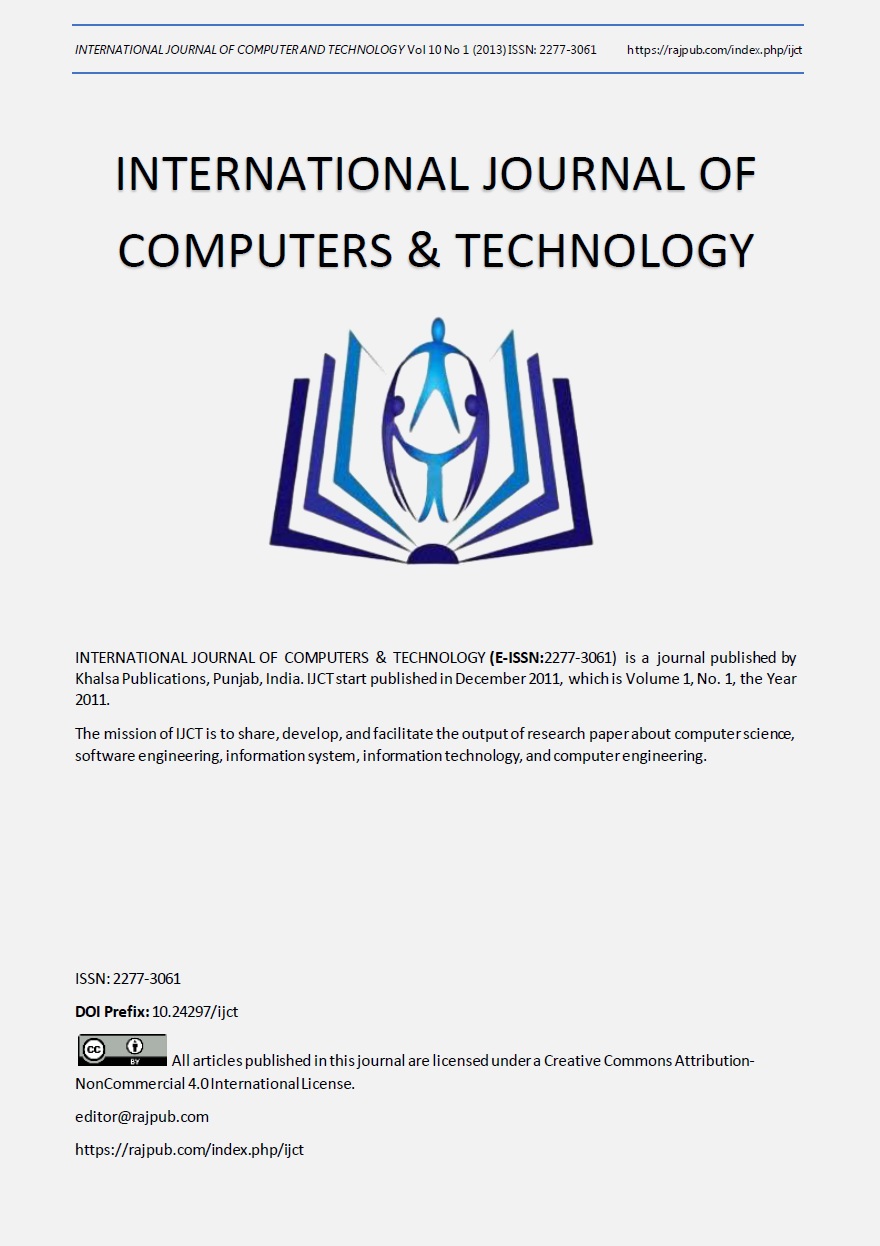Homology modeling and Molecular docking studies of AS1 (Anthranilate synthase component I (TrpE)) model of Mycobacterium tuberculos
DOI:
https://doi.org/10.24297/ijct.v10i1.3326Keywords:
Mycobacterium tuberculosis, AS1 MTB, Homology modeling, DockingAbstract
The emergence of multi-drug resistant (MDR) strains of Mycobacterium tuberculosis is the main reason why tuberculosis (TB) continues to be a major health problem worldwide. It is urgent to discover novel anti-mycobacterial agents based on new drug targets for the treatment of TB, especially MDR-TB. Tryptophan biosynthetic pathway, which is essential for the survival of M. tuberculosis and meanwhile absent in mammals, provides potential anti-TB drug targets. One of the promising drug targets in this pathway is anthranilate synthase component I (TrpE), whose role is to catalyze the conversion of chorismate to anthranilate using ammonia as amino source. Anthranilate synthase is an interesting target enzyme for antimicrobial activity due to its presence in microorganisms for the synthesis of the essential amino acid tryptophan. In the present study three compounds Cannabigerolic acid, cannabinolic acid and adhumulone from Cannabis sativa have been used for insilio docking studies. Inhibitory studies (invitro) of these compounds against Microorganism have reported earlier. Our approach is to find out the compounds inhibiting the AS1 of MTB by insilico docking and also find out compounds having similar pharmacophore characters from ZINC database so that those compounds can be procured of synthesized in laboratory and used for AS1 inhibitor studies. This study shows that AS can be used as a target enzyme to investigate the mode of action of our compounds in MTB.









